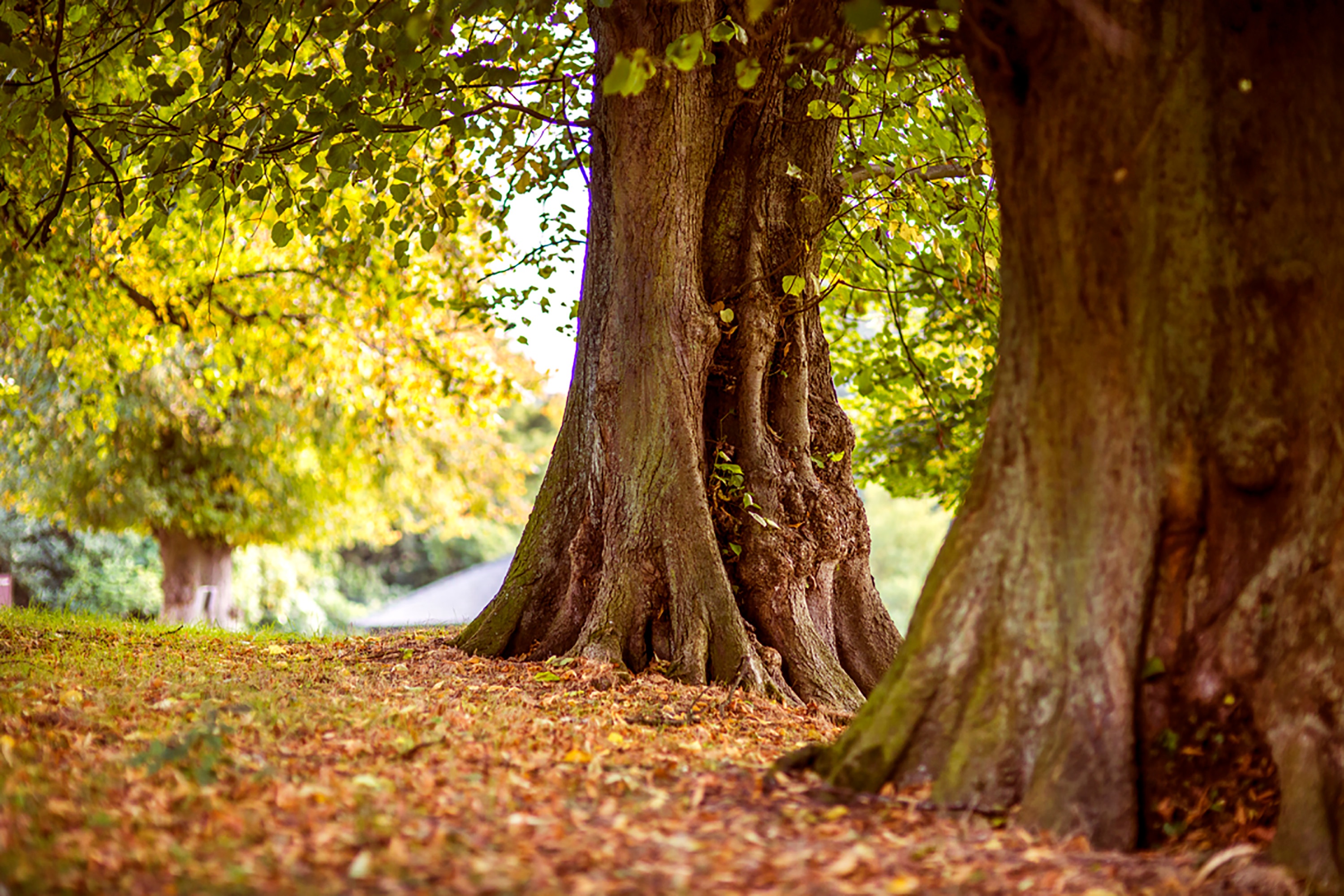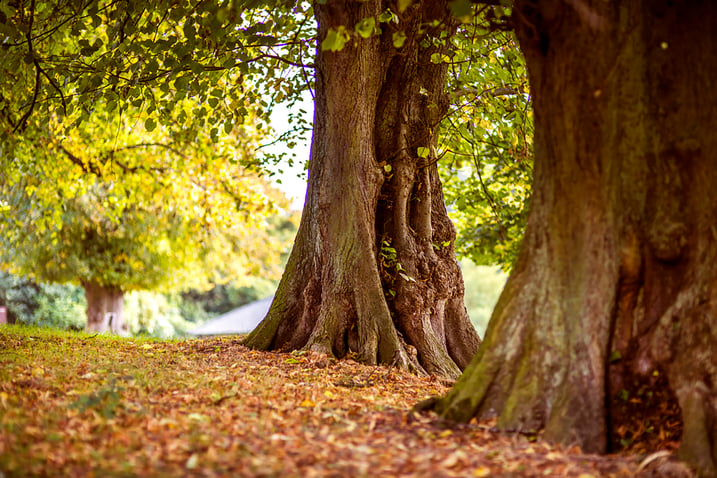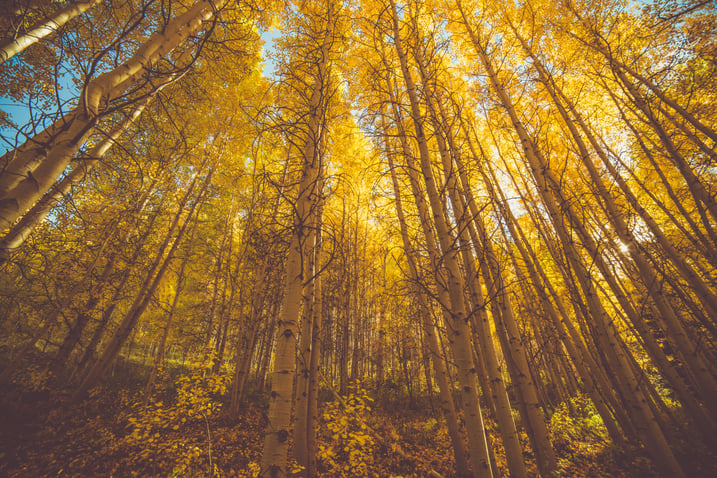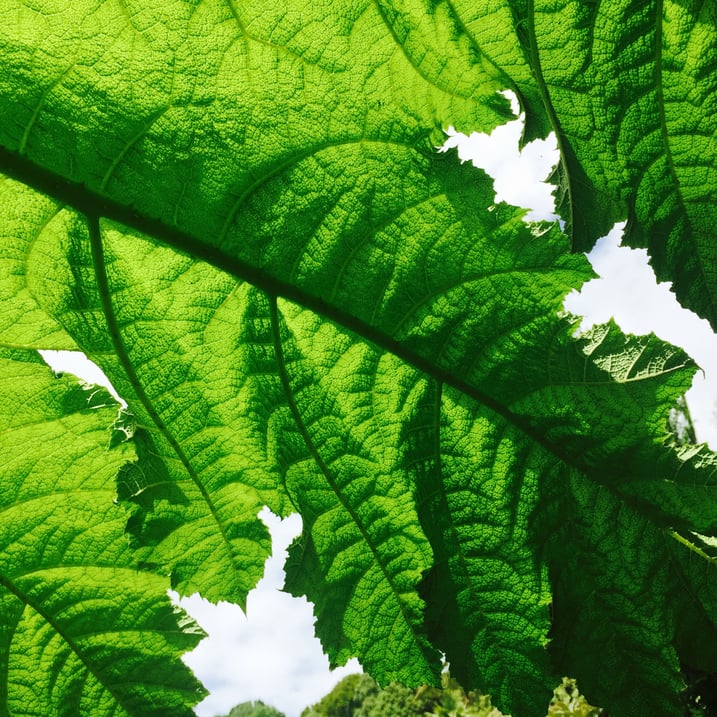

If you were on a hike and someone pointed to tree, how well do you think you’d be able to identify the species? Most people know evergreens look like Christmas trees and maple leaves match the famous emblem on the Canadian flag. Many could quickly name iconic species like willows or birches. But what about the dozens of other trees towering over us? Do you know the difference between a pine and a spruce? How about an aspen and an alder?
Learning to identify trees is like studying a secret language. You will discover how to distinguish between leaf shapes, branch patterns and bark texture. You will feel more connected to the natural world, and you can impress your friends and families by reading the forest like a book. We have selected five great websites and apps to help you begin your education.
How to Identify Trees for Beginners by Wand’rly Magazine
Wand’rly Magazine, written by a family of 8 who travel fulltime in an RV, created this article to offer an easy and thorough introduction to tree identification. They breakdown the differences between evergreen, deciduous, coniferous and broadleaf trees in simple to understand language. They also provide quick tips to differentiate between pines, firs, oaks, maples, aspens, and other common species. Print out the accompanying flow chart for instant reference while on the trail.

The National Arbor Day Foundation has a developed a fun and simple walkthrough website to help identify trees by their leaves. Visitors start by choosing a region of the US, and they are then guided through a series of visually-oriented questions to drill down to the correct species. Is it needle-like or thin and flat? Is there a single blade or several on a stem? The pictures and descriptions are clear and well-explained, so it is a great first stop for newbies.
LeafSnap is a free app that allows users to snap a photo of a leaf and instantly compare it to a database to determine the species. The app, created by a collaboration of Columbia University, the University of Maryland and the Smithsonian Institute, currently includes 185 tree species from the Northeastern US and Canada. The LeafSnap website also offers a photo guide with leafs, flowers and fruit from each species in its database.

What happens when the leaves fall in the winter? TreeBarkID.com features photos of the bark of over 30 common tree species to help identify them when their branches are bare. The site also provides insight on using branches, bark patterns, texture and color to further establish the species.
The USDA Plants Database is a giant clearinghouse for information on wild and domestic plant species in the US. Anything you can find in the woods, meadows, or fields in the country will most likely be included in this comprehensive database. Each entry provides pictures and basic information about the plants, including a distribution map. The site also provides extensive fact sheets for popular species and information on invasive, threatened and endangered plants.
Want more tips and tricks about camping, the outdoors and the RV life? Click below to subscribe to our blog!




